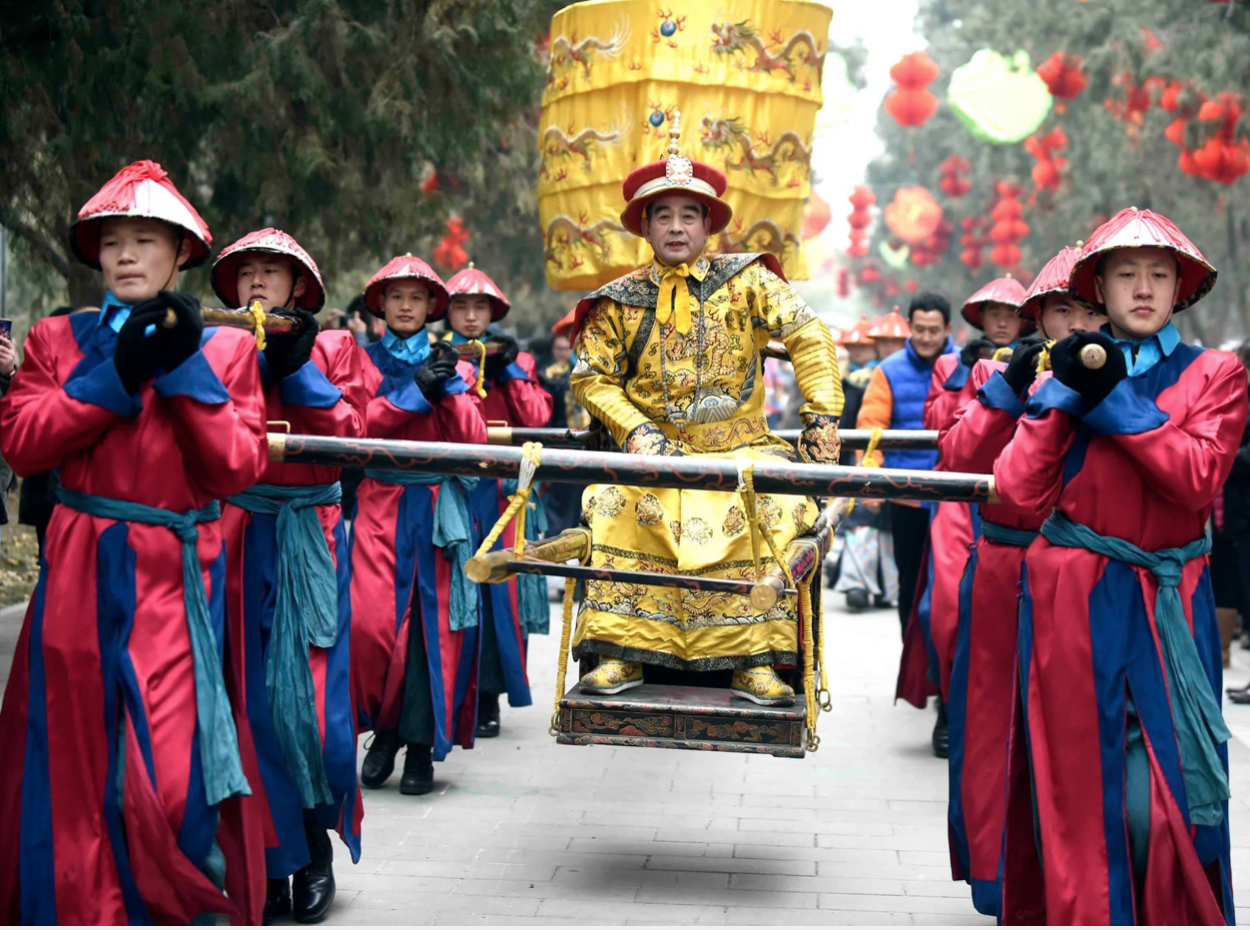1911 The assassination of General Feng-shan

Early in the twentieth century China was in political turmoil. The Qing (or Manchu) dynasty that had ruled the country since 1644 was on its last legs, rebels and warlords were making bids for power, and rival political theories were being tried on for size. Monarchist loyalists, reformed monarchists, Ming dynsty revivalists, republicans, ethnic nationalists, Muslims, socialists, regional separatists, etc., etc., all vied for influence – and even anarchism, usually associated with Europe, played a part.
One curious anarchist expression was the Chinese Assassination Corps. This small group of revolutionaries was fiercely anti-Qing and dedicated to the overthrow of the 2,000-year-old Chinese empire. Having been unsuccessful at building a mass movement, they adopted the tactic of “propaganda by deed”, individual terrorism, and murder. They aimed, and failed, to kill the Prince Regent, various Qing officials, and military officers but in October 1911 during an uprising in Guangdong, they finally brought down their target.
General Feng Shan had been sent to southern China to replace another assassinated Qing administrator and to suppress armed uprisings but his tenure was a very short one. Five members of the Assassination Corps devised a way to penetrate the heavy cordon of Manchu guards protecting the officer. As Feng Shan’s cavalcade moved down the street toward his headquarters on a palanquin, a bomb was slid from a window on a wooden plank, landing directly in front of his chair. The explosion killed the coolies carrying the general, a dozen of his guards, and Feng Shan himself.
The Assassination Corps would soon disband itself, burning most of its documents and membership lists.